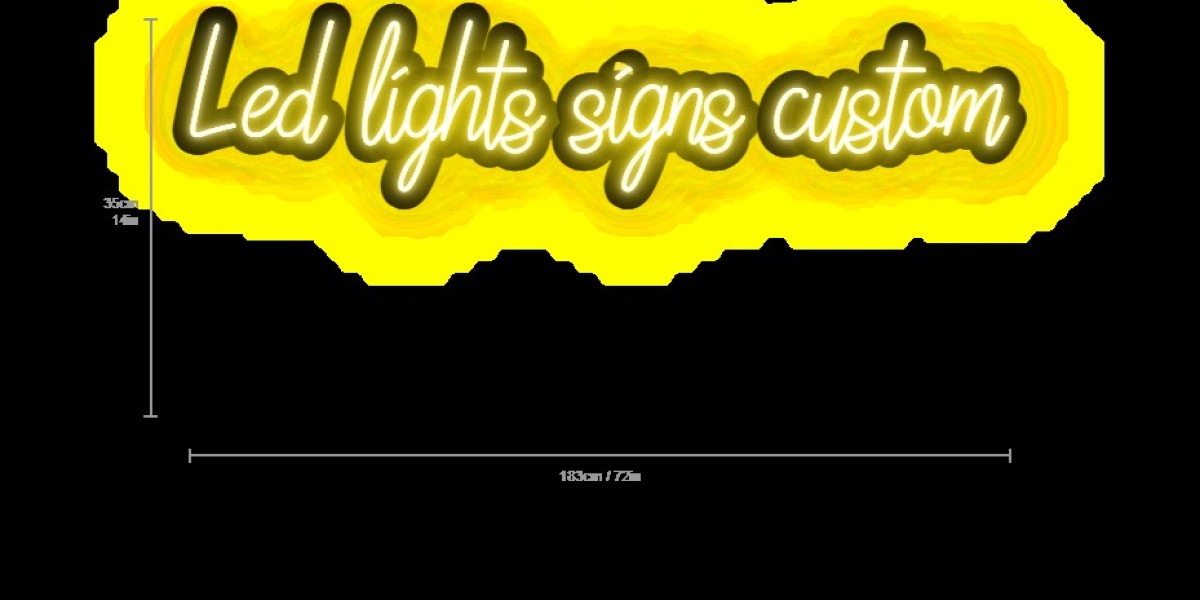In the dynamic world of project management and software development pricing models, selecting the right pricing model is crucial for ensuring the success of a project. Among the most widely used pricing structures are the Fixed Price and Time and Material (T&M) models. Each has its own set of advantages and challenges, primarily revolving around cost predictability and flexibility. In this article, we will delve into the key differences between these two models, helping businesses make informed decisions based on their specific needs and project requirements.
Understanding Fixed Price Model
The Fixed Price model is straightforward: the client agrees to pay a pre-determined amount for the entire scope of work outlined in the project contract. This pricing model is best suited for projects with well-defined requirements and a clear understanding of the deliverables.
Characteristics of the Fixed Price Model
Cost Predictability: One of the most significant advantages of the Fixed Price model is cost predictability. Clients know exactly how much they will spend from the outset, which allows for more precise budgeting and financial planning.
Defined Scope: Projects that adopt this model usually have a well-defined scope of work. Changes to the project scope after the agreement can lead to additional costs, making it essential to have a clear understanding of the requirements before the project begins.
Less Client Involvement: Once the contract is signed, the client typically has less involvement in day-to-day operations. The service provider takes full responsibility for the execution and delivery of the project.
Risk Mitigation: Since the service provider bears the financial risk of exceeding the agreed-upon budget, clients may feel more secure. However, this can lead to compromises in quality if the provider is pressured to meet deadlines within budget constraints.
Advantages of the Fixed Price Model
Budget Control: Clients can allocate resources effectively without worrying about unexpected costs.
Clear Deliverables: The well-defined nature of the contract helps both parties understand the expectations and requirements from the beginning.
Motivation for Efficiency: Providers are incentivized to complete the project on time and within budget, fostering efficiency.
Disadvantages of the Fixed Price Model
Inflexibility: Any changes in project scope or requirements can lead to delays and additional costs, creating friction between the client and provider.
Quality Compromise: In an effort to stay within budget, providers may cut corners, potentially compromising the quality of the final product.
Limited Innovation: Since the project is set in stone at the beginning, there is little room for innovation or adaptation as new insights arise during the development process.
Understanding Time and Material Model
The Time and Material (T&M) model is quite different from Fixed Price. In this model, clients pay for the actual time and resources expended on the project. This pricing structure is ideal for projects where the scope is not entirely clear, and changes are expected throughout the development process.
Characteristics of the Time and Material Model
Flexibility: T&M allows for greater flexibility in project execution. As new requirements emerge or existing ones evolve, adjustments can be made without renegotiating the entire contract.
Client Involvement: Clients typically play a more active role in T&M projects, as they can provide feedback and make decisions based on ongoing progress.
Adaptive Planning: This model encourages iterative planning and development, allowing teams to pivot as necessary based on client feedback and changing circumstances.
Real-Time Transparency: Clients have insight into how resources are being allocated and can assess the value they are receiving for their investment.
Advantages of the Time and Material Model
Adaptability: T&M is well-suited for projects where requirements are likely to change or where the project scope is not fully defined at the outset.
Quality Focus: Providers can prioritize quality without the constraints of fixed deliverables, leading to potentially superior outcomes.
Enhanced Collaboration: The collaborative nature of T&M projects fosters stronger relationships between clients and service providers, as both parties work closely throughout the process.
Disadvantages of the Time and Material Model
Cost Uncertainty: Clients may find it challenging to predict total project costs, leading to potential budget overruns.
Less Control: With the provider managing the project execution, clients may feel a lack of control over timelines and deliverables.
Resource Mismanagement: There is a risk of inefficiency or resource mismanagement if the service provider does not effectively monitor progress and expenditures.
Cost Predictability vs. Flexibility: A Comparative Analysis
To better understand the nuances between the Fixed Price and Time and Material models, let's break down their differences across various dimensions:
1. Budgeting and Cost Management
Fixed Price: Clients can establish a budget from the beginning, enabling them to allocate funds effectively. This model is beneficial for clients with strict budget constraints, as they will not face unexpected costs unless the project scope changes significantly.
T&M: The budgeting process is less predictable. Clients may need to set aside additional funds to accommodate changes and additional hours. This unpredictability can be challenging for organizations with limited financial flexibility.
2. Scope Definition
Fixed Price: A well-defined scope is critical for success. If the scope is unclear, the project can quickly become unmanageable, leading to disputes and frustration.
T&M: This model allows for a more fluid definition of the scope, accommodating changes and new requirements as they arise. This adaptability is particularly beneficial in industries characterized by rapid change and innovation.
3. Project Management
Fixed Price: Project management is often more rigid, with strict timelines and deliverables outlined in the contract. This can lead to challenges if unforeseen issues arise, as the provider may prioritize meeting the contract terms over quality.
T&M: Project management is more dynamic and responsive to client needs. Regular check-ins and updates allow for ongoing adjustments, which can enhance project outcomes and client satisfaction.
4. Risk Distribution
Fixed Price: The provider assumes the financial risk of delivering the project within budget. This can lead to defensive strategies, where providers may choose to under-allocate resources to ensure they meet their margins.
T&M: The client assumes more financial risk, as costs can fluctuate based on the time and resources required. However, this model encourages collaboration and innovation, potentially leading to better outcomes.
5. Quality Assurance
Fixed Price: While this model can incentivize efficiency, it can also result in a focus on meeting deadlines rather than ensuring quality. Providers may feel pressured to deliver quickly, which can compromise the final product.
T&M: Quality assurance is typically prioritized, as providers can take the necessary time to ensure that the work meets the client’s expectations. The collaborative nature of T&M projects often leads to better communication and more effective problem-solving.
Choosing the Right Model: Considerations for Businesses
Selecting the right pricing model requires careful consideration of various factors, including project type, budget, and client needs. Here are some guidelines to help businesses make informed decisions:
1. Project Complexity and Clarity
If the project has a well-defined scope and limited anticipated changes, the Fixed Price model may be appropriate.
For projects with evolving requirements or high levels of complexity, the Time and Material model is likely a better fit, providing the necessary flexibility.
2. Budget Constraints
Organizations with strict budget limitations may prefer the Fixed Price model to ensure cost control.
Conversely, if a business can accommodate fluctuating costs, the T&M model can offer more opportunities for innovation and quality.
3. Client Involvement
If a client desires a hands-on approach and regular input throughout the project, T&M fosters collaboration.
For clients who prefer to minimize their involvement once the project is initiated, the Fixed Price model may be more suitable.
4. Risk Tolerance
Businesses that prioritize predictability and lower financial risk may opt for Fixed Price contracts.
Organizations comfortable with potential budget fluctuations and willing to take on more risk for the possibility of enhanced quality may choose the T&M model.
Conclusion
In the realm of project management and software development, understanding the key differences between Fixed Price and Time and Material models is essential for making informed decisions. The choice between cost predictability and flexibility ultimately depends on the specific needs, budget constraints, and project requirements of each organization.
By carefully considering factors such as project complexity, client involvement, and risk tolerance, businesses can select the pricing model that aligns best with their goals. While the Fixed Price model offers the advantage of budget certainty, the Time and Material model provides the flexibility and adaptability needed to thrive in today’s fast-paced business environment.
Ultimately, whether choosing Fixed Price or Time and Material, successful project execution hinges on effective communication, collaboration, and a clear understanding of expectations between clients and service providers. With these elements in place, organizations can maximize the potential of their projects, regardless of the pricing model they choose.









